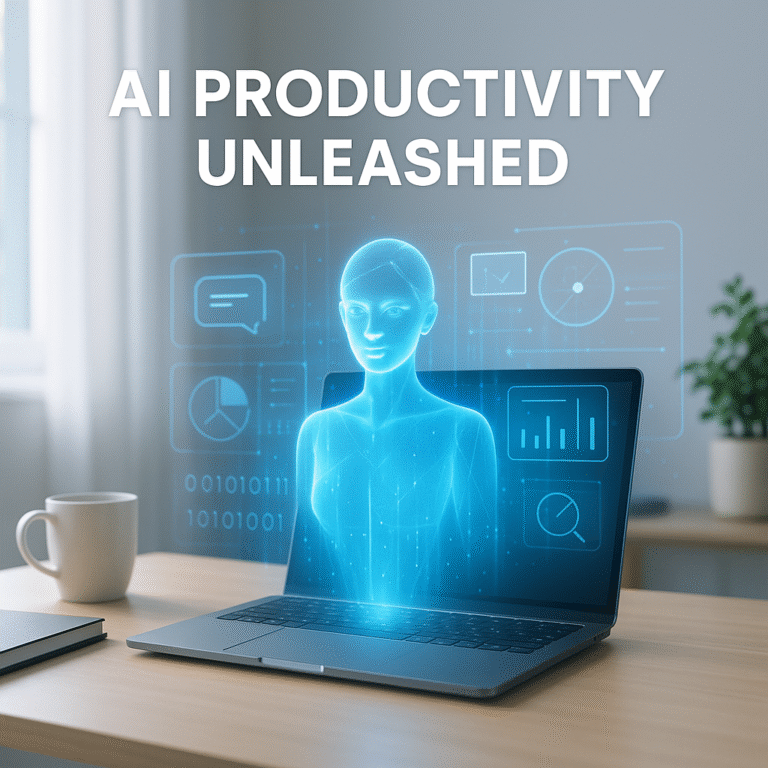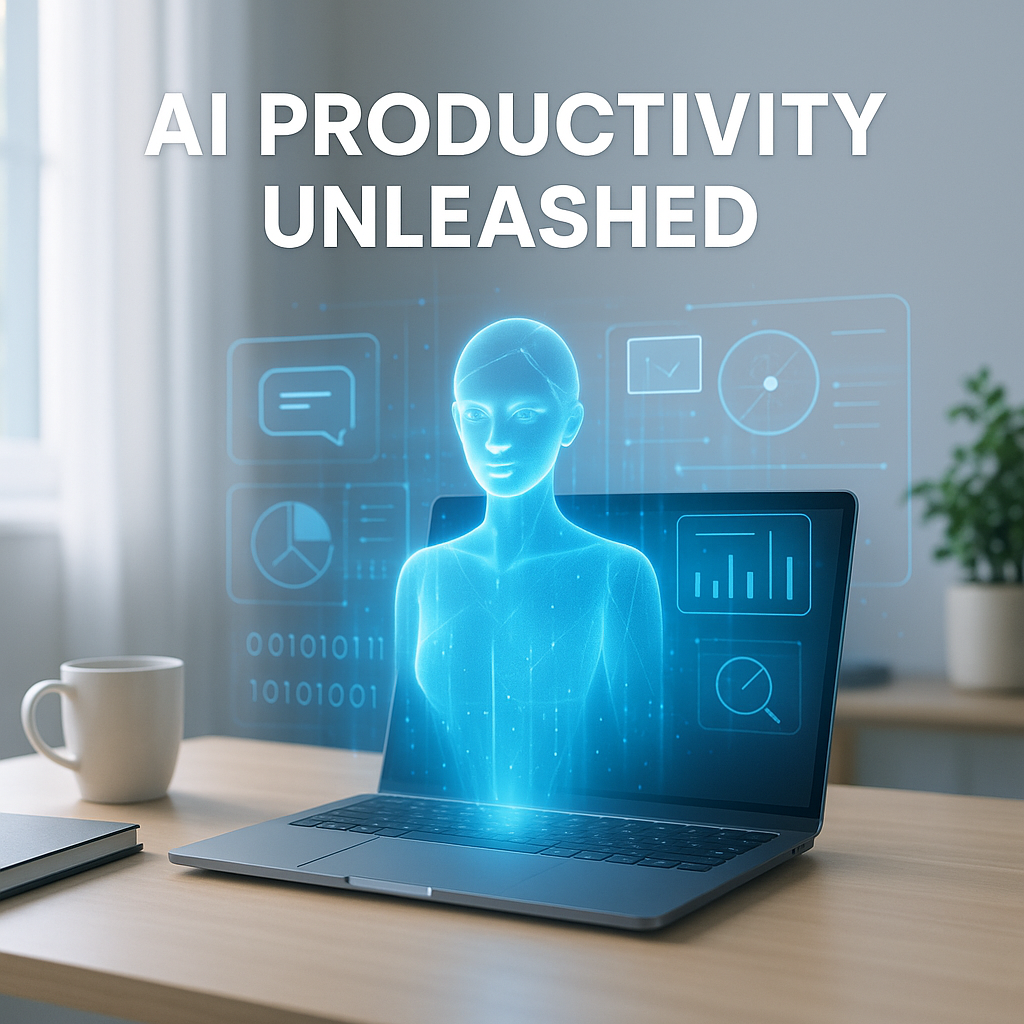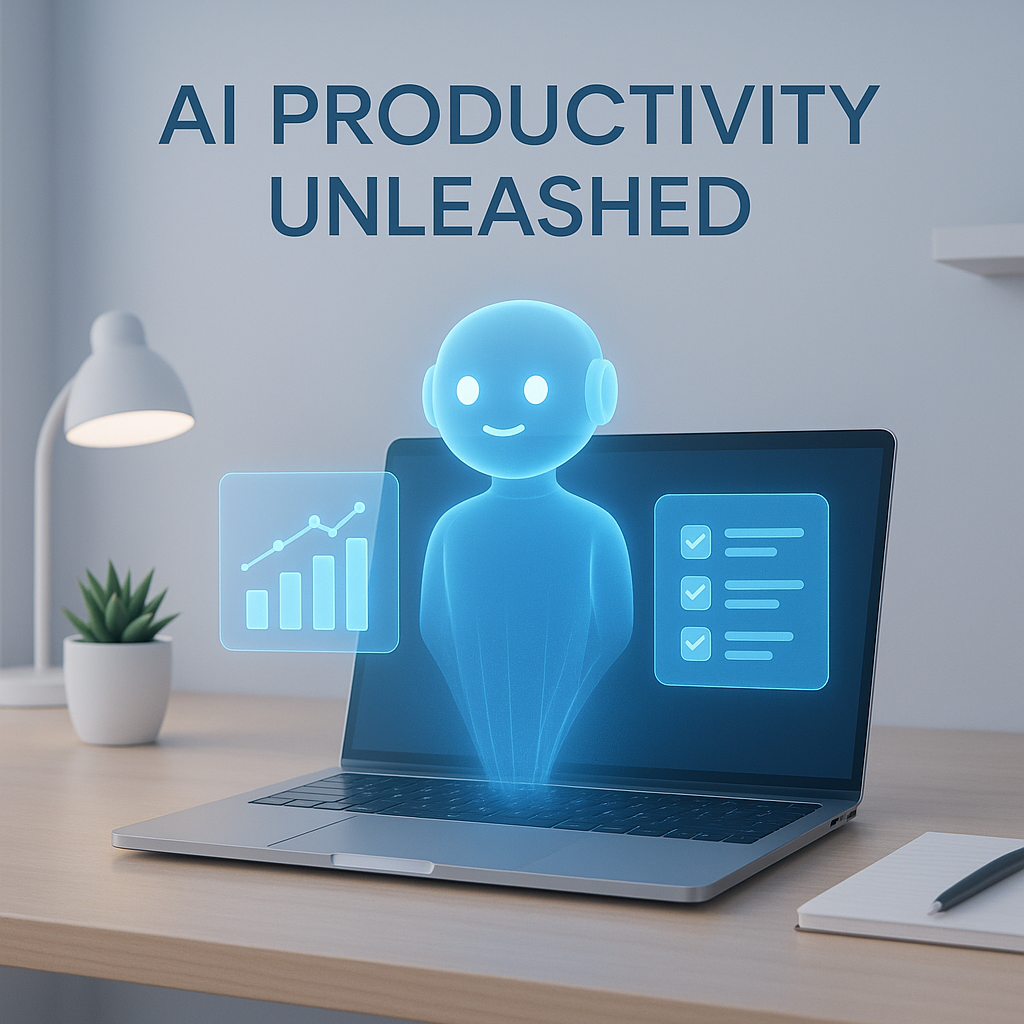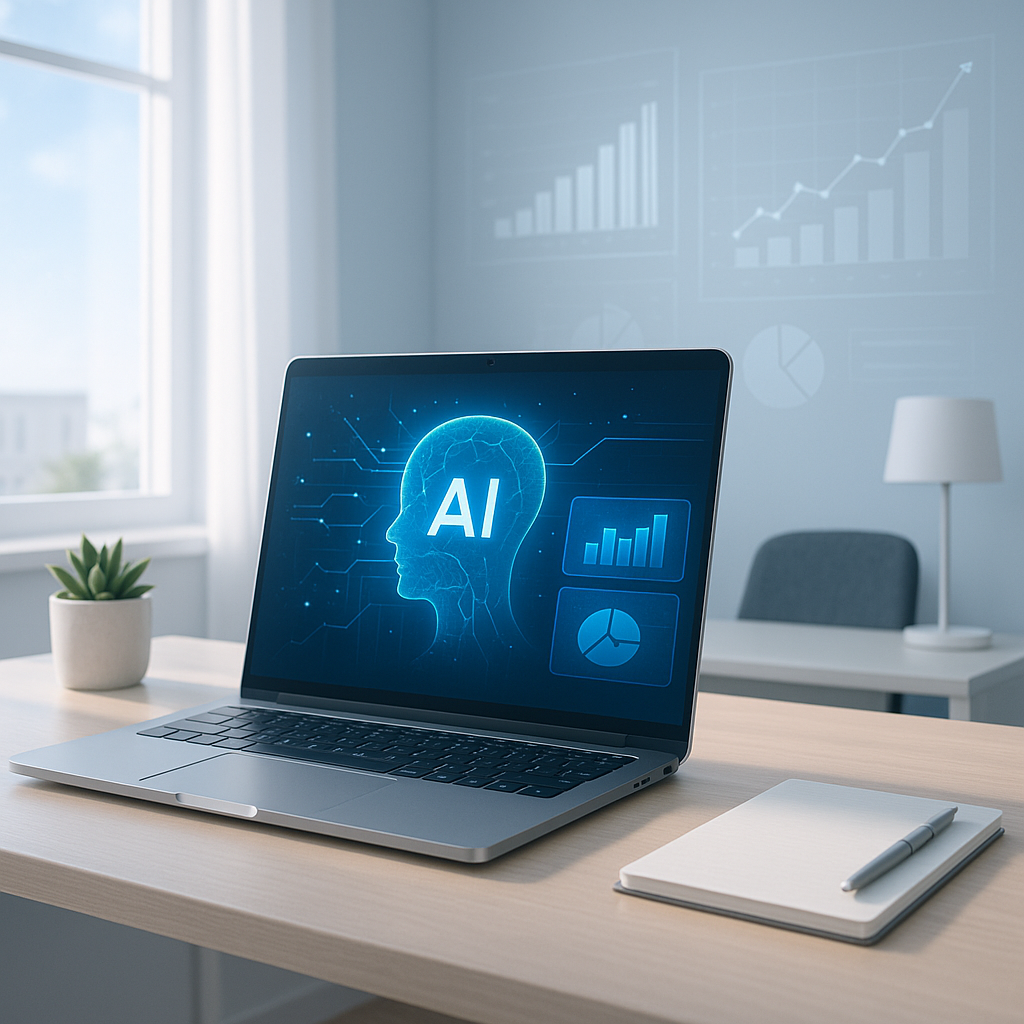AI Tools: Transforming Work and Productivity in the Home Office Era
In recent years, artificial intelligence (AI) has revolutionized how we work, particularly for those in the Home Office and Work From Home environments. The integration of AI tools has fundamentally changed the way professionals approach daily tasks, offering unprecedented efficiency and innovation across multiple industries.
The Rise of AI in Business Productivity
AI has become an integral part of modern business strategies, enabling professionals to streamline workflows and maximize productivity. From advanced task management systems to intelligent communication tools, AI is reshaping the workplace landscape.
Key AI Tools Transforming Work Environments:
1. Intelligent Task Management
Modern AI tools can now predict workload, prioritize tasks, and even suggest optimal working schedules. These intelligent systems analyze individual work patterns and provide personalized recommendations to enhance productivity.

2. Advanced Communication Platforms
AI-powered communication tools now offer real-time translation, transcription, and context-aware messaging, breaking down language barriers and improving global collaboration.
3. Automated Research and Data Analysis
Complex data processing that once took hours can now be completed in minutes through sophisticated AI algorithms, allowing professionals to focus on strategic decision-making.
Free AI Courses: Democratizing Technology Learning
The accessibility of AI knowledge has dramatically improved with numerous free AI courses available online. These courses enable professionals from diverse backgrounds to understand and implement AI tools in their work environments.
Top Platforms Offering Free AI Courses:
– Coursera
– edX
– Google AI Learning
– Microsoft Learn
– Stanford Online
Benefits of Learning AI:
– Enhanced career opportunities
– Understanding technological trends
– Improved problem-solving skills
– Increased workplace efficiency
AI in Different Business Sectors
Various industries are experiencing significant transformations through AI implementation:
Marketing:
– Predictive customer behavior analysis
– Personalized content generation
– Automated marketing campaign optimization
Finance:
– Fraud detection systems
– Automated investment strategies
– Risk assessment algorithms
Healthcare:
– Diagnostic support tools
– Patient data analysis
– Treatment recommendation systems
Practical AI Tools for Home Office Professionals
Recommended AI Tools:
1. Notion AI – Project management and writing assistance
2. Otter.ai – Transcription and meeting notes
3. Grammarly – Writing and editing support
4. ChatGPT – Content generation and research
5. Zoom AI Companion – Meeting summarization and action item tracking
Ethical Considerations and Challenges
While AI offers tremendous benefits, professionals must remain aware of potential challenges:
– Data privacy concerns
– Potential algorithmic biases
– Over-reliance on technological solutions
– Continuous skill upgradation requirements
Expert Perspective:
“AI is not about replacing human intelligence, but augmenting and complementing human capabilities,” says Dr. Andrew Ng, prominent AI researcher and founder of deeplearning.ai.
Future Outlook
The AI landscape continues to evolve rapidly. Professionals who invest time in understanding and implementing AI tools will likely experience significant competitive advantages in their respective fields.
Emerging Trends:
– Increased personalization
– More intuitive user interfaces
– Enhanced predictive capabilities
– Greater integration across platforms
Conclusion:
AI tools are no longer futuristic concepts but practical, accessible technologies transforming how we work. By embracing these tools and continuously learning, professionals can create more efficient, intelligent, and adaptive work environments.




